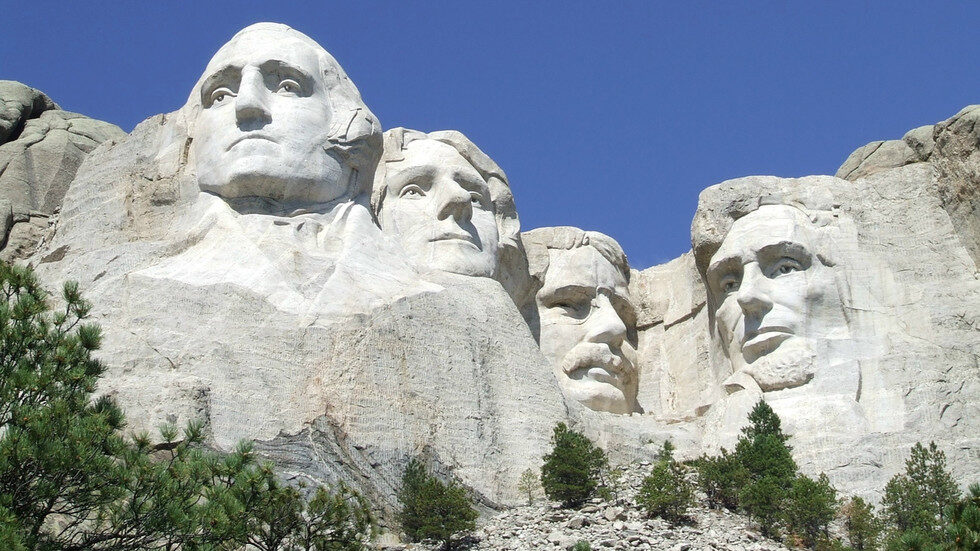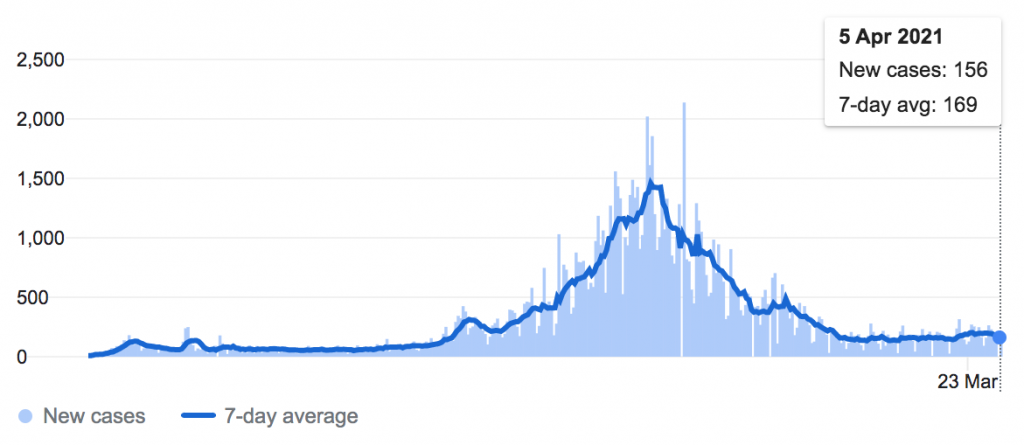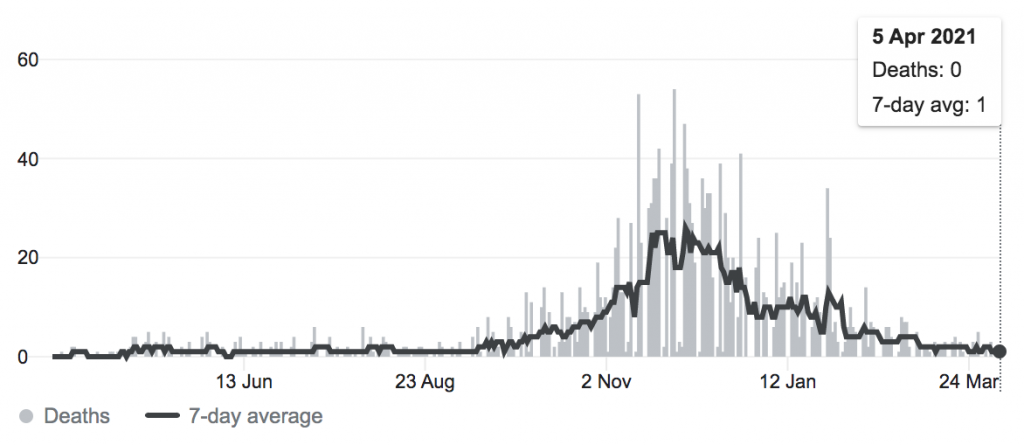OF THE
TIMES
He who learns must suffer, and, even in our sleep, pain that cannot forget falls drop by drop upon the heart, and in our own despair, against our will, comes wisdom to us by the awful grace of God.
Earth I believe has been hit twice in the last month by supposed NEO' s, not that the Mainstream media would report so. Globally there's shooting...
No amount of Political 🐂 💩💩💩💩 will be able to change what is about to happen. " Global warming ", utter BOLLOCKS, has been always and " Net Zero "...
If I remember correctly, one made several posts regarding oceanic flows many many moons ago here on SOTT, so why all of a sudden should this be...
The result of two decades of the "Authorization of the Use of Military Force." This is why Congress should DECLARE WAR as required in the...
So NOW we decide to give the UN validity? Which is it? Do we defer national policy to the UN, or leave that to the US electorate? Genuine...
To submit an article for publication, see our Submission Guidelines
Reader comments do not necessarily reflect the views of the volunteers, editors, and directors of SOTT.net or the Quantum Future Group.
Some icons on this site were created by: Afterglow, Aha-Soft, AntialiasFactory, artdesigner.lv, Artura, DailyOverview, Everaldo, GraphicsFuel, IconFactory, Iconka, IconShock, Icons-Land, i-love-icons, KDE-look.org, Klukeart, mugenb16, Map Icons Collection, PetshopBoxStudio, VisualPharm, wbeiruti, WebIconset
Powered by PikaJS 🐁 and In·Site
Original content © 2002-2024 by Sott.net/Signs of the Times. See: FAIR USE NOTICE



R.C.